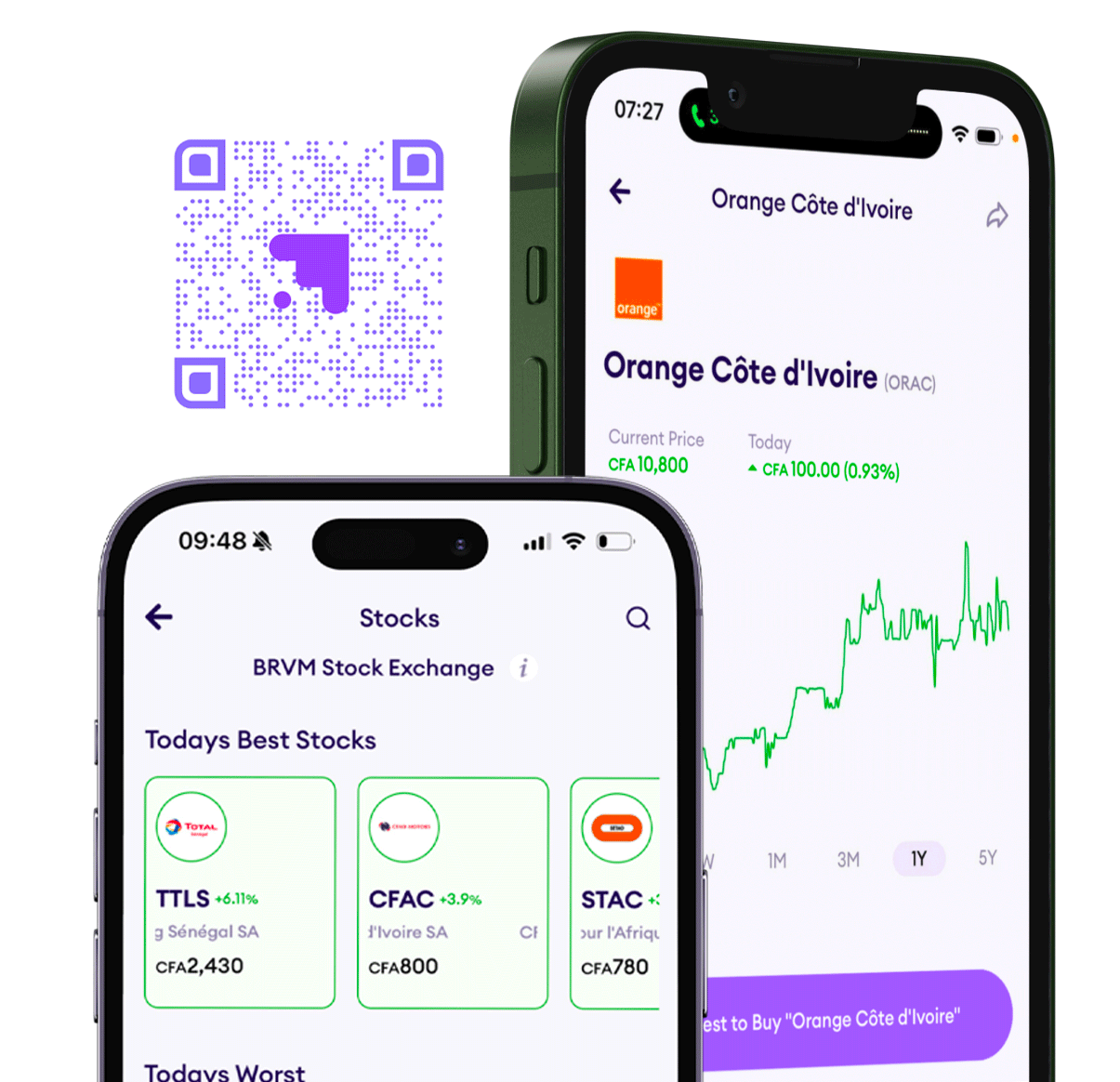Stablecoins Gain Ground in Africa as Top Fintechs Push Adoption

TLDR
- Africa is rapidly emerging as a key frontier for stablecoin adoption, with startups like Yellow Card and payment giants like Circle and Visa positioning to capitalize on the region’s demand
- USDC, a dollar-backed digital token issued by Circle, is now being embedded into cross-border and merchant payment flows in Africa
- In 2024, stablecoins accounted for 43% of crypto transaction volume in Africa, according to Chainalysis
Africa is rapidly emerging as a key frontier for stablecoin adoption, with startups like Yellow Card and payment giants like Circle and Visa positioning to capitalize on the region’s demand for efficient, dollar-linked digital assets.
Like payment infrastructures Flutterwave and Onafriq (formerly MFS Africa), Yellow Card, founded in 2016, has partnered with Circle to facilitate USDC payments across its platform, joining a broader push to integrate stablecoins into everyday transactions.
USDC, a dollar-backed digital token issued by Circle, is now being embedded into cross-border and merchant payment flows in Africa. Chris Maurice, CEO of Yellow Card, said stablecoins help address key regional challenges, including currency volatility and payment delays. In 2024, stablecoins accounted for 43% of crypto transaction volume in Africa, according to Chainalysis.
The platform has processed $3 billion in transactions, mostly from business clients including Starlink, Coinbase, and pharmaceutical distributors. A separate partnership with Visa enables Yellow Card to utilize Visa Direct for peer-to-peer and international payments, supported by stablecoin transfers.
Daba is Africa's leading investment platform for private and public markets. Download here
Key Takeaways
Stablecoins like USDC and USDT are proving their value in African markets where currency depreciation, dollar shortages, and payment inefficiencies remain challenges. With infrastructure players like Onafriq and Yellow Card enabling seamless conversions and near-instant settlement, stablecoins are increasingly being used for remittances, supplier payments, and cross-border commerce. While central banks—such as the BCEAO—still prohibit cryptoassets, commercial banks are cautiously engaging. Ecobank, a Visa partner, is exploring the potential integration of stablecoins within a regulated framework. Meanwhile, the tech stack supporting stablecoins is maturing: Circle acts as a lender and clearing hub; Visa offers the front-end rails; and companies like Yellow Card distribute at scale. With stablecoin volumes now exceeding Visa’s transaction network globally in 2024, Africa is becoming a real-world proving ground. If interoperability and regulatory clarity improve, stablecoins may soon rival traditional banking infrastructure across the continent.

Next Frontier
Stay up to date on major news and events in African markets. Delivered weekly.
Pulse54
UDeep-dives into what’s old and new in Africa’s investment landscape. Delivered twice monthly.
Events
Sign up to stay informed about our regular webinars, product launches, and exhibitions.




